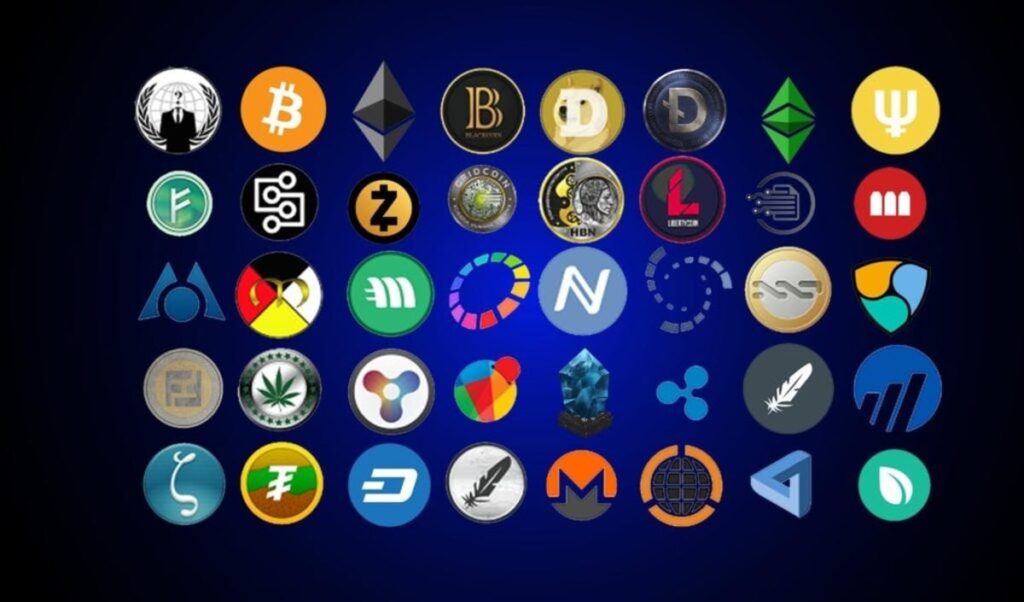Respected business magazine Forbes, known for its insightful analysis of financial markets, recently published a comprehensive report that sheds light on the mysterious world of cryptocurrencies. In this groundbreaking study, Forbes identified a select group of cryptocurrencies that it calls “zombie blockchains.”


Despite the rapid growth of the crypto market with more than 14,000 tokens and an impressive total market capitalization of $2.4 trillion, these selected cryptocurrencies have little real-world utility or user adoption. is minimal and appears to ignore traditional success metrics. Some notable names featured on this list include Ripple (XRP), Cardano (ADA), Litecoin (LTC), Bitcoin Cash (BCH), and Ethereum Classic (ETC).
What sets these cryptocurrencies apart is their continued operation and trading activity without any tangible evidence that they have achieved any practical purpose. The term “zombie blockchain” aptly describes these projects that are reminiscent of the undead, existing without any significant signs of life in terms of utility or significant user base.
Ripple's XRP and other major cryptocurrencies are critically evaluated
Among the countless cryptocurrencies that have come under the scrutiny of Forbes magazine, Ripple's XRP has emerged as the poison that is the focus of the investigation. XRP was initially conceived as a formidable competitor to the SWIFT banking network, promising fast and cost-effective international bank transfers, but has since struggled to realize that lofty aspiration. Despite failing to destroy SWIFT, XRP remains one of the most valuable cryptocurrencies on the market, with a staggering market value of $36 billion. However, Forbes analysts argue that XRP's market power was primarily driven by speculative trading rather than genuine utility.
This observation raises pertinent questions about the fundamental viability and purpose of XRP and highlights the widening gulf between market valuation and practical application within the crypto ecosystem. Similarly, other major cryptocurrencies such as Litecoin, Bitcoin Cash, Bitcoin SV, and Ethereum Classic have also come under the scrutiny of Forbes' insightful analysis.
Also read: Former Fed advisor criticizes Trump ally's plan to reshape the Fed
The challenges faced by the “Ethereum killer” and lack of governance
In addition to evaluating established cryptocurrencies, the Forbes report is also critical of emerging competitors, often referred to as “Ethereum killers,” such as Tezos (XTZ), Algorand (ALGO), and Cardano (ADA). I'm looking at you. Despite their formidable technological prowess and considerable market valuation, these cryptocurrencies have yet to see widespread adoption or significant user activity. For example, speculative interest in Cardano seems to be primarily driven by the prominence of its founder, Charles Hoskinson, rather than any concrete evidence of its utility in the real world.
Operating without regulatory oversight or obligations to shareholders, these companies often navigate murky waters that make it increasingly difficult to assess their long-term viability. Ethereum Classic's continued trading activity despite suffering a major security breach serves as a stark reminder of the risks associated with investing in cryptocurrencies without strong governance structures. There is.
Also read: DTCC announces that ETFs with Bitcoin exposure will have zero loan collateral value
The published content may include the personal opinions of the author and may be subject to market conditions. Do your market research before investing in cryptocurrencies. The author or publication assumes no responsibility for your personal financial loss.



✓ Share: